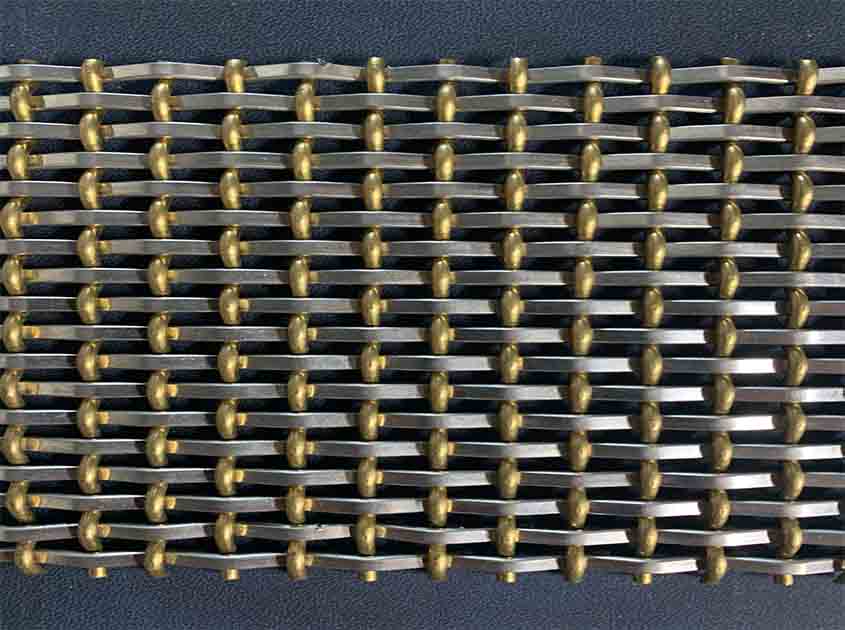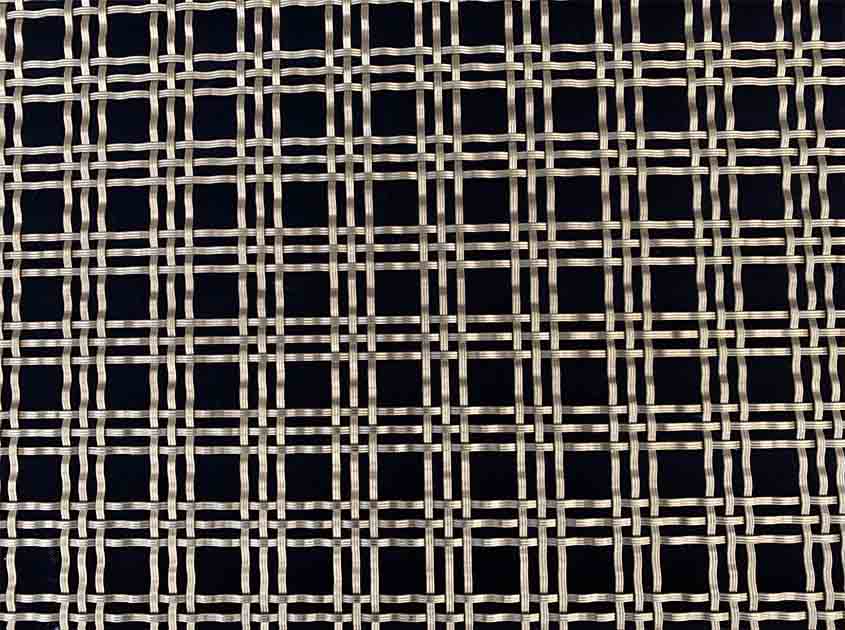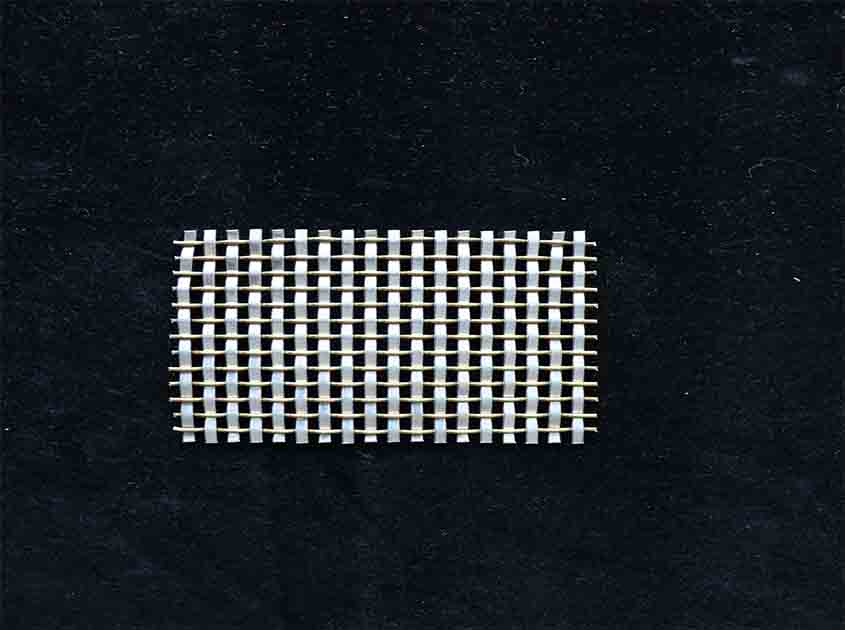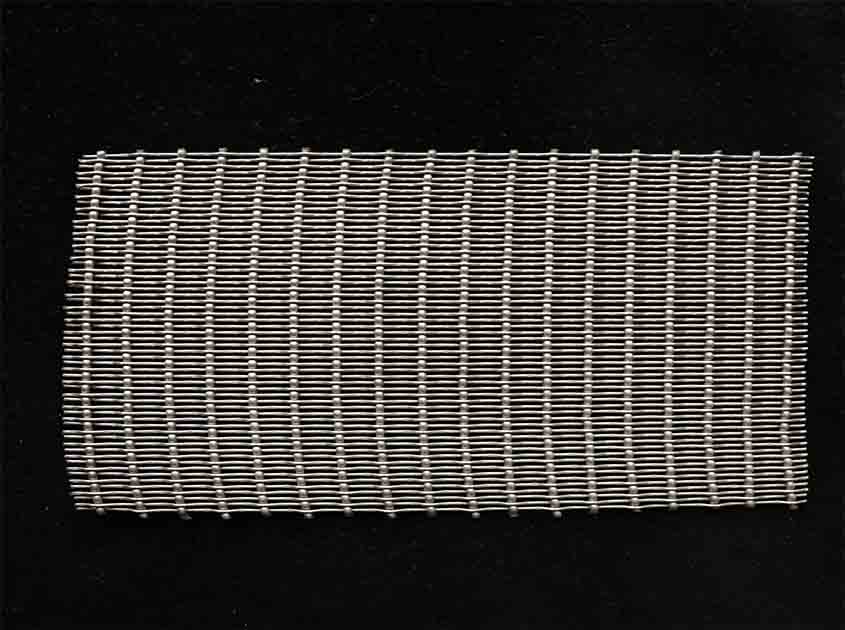Architectural woven mesh is a remarkable material that has the power to transform spaces in various industries, including architecture, interior design, and landscaping. With its unique characteristics and flexibility, architectural woven mesh offers a wide range of applications that combine both functionality and aesthetic appeal.

One of the key aspects of architectural woven mesh is its versatility. It can be used in both interior and exterior settings, providing designers and architects with countless possibilities for creating dynamic and visually striking spaces. Whether it's used as cladding for buildings, partitions for open areas, or decorative elements in landscaping, architectural woven mesh brings a new level of creativity and innovation to architectural design.

In terms of functionality, architectural woven mesh offers several advantages. It provides excellent ventilation and airflow, making it suitable for areas that require proper air circulation, such as building facades or sunshades. The open structure of the mesh also allows natural light to filter through, creating a play of light and shadow that adds depth and visual interest to the space.

Moreover, architectural woven mesh is known for its durability and strength. Made from high-quality materials, such as stainless steel or aluminum, it can withstand harsh environmental conditions and maintain its integrity over time. This makes it a reliable choice for both indoor and outdoor applications, ensuring longevity and low maintenance requirements.

From a design perspective, architectural woven mesh offers endless possibilities. It can be customized in terms of patterns, colors, and textures to suit the specific aesthetic requirements of a project. Whether the aim is to achieve a sleek and modern look or a more organic and natural feel, architectural woven mesh can be tailored to meet the desired design intent.

Beyond its practical and aesthetic benefits, architectural woven mesh also contributes to sustainability. Its lightweight and open structure reduce the need for additional materials, minimizing the overall environmental impact. Additionally, the mesh can act as a sunshade, reducing solar heat gain and energy consumption within a building.
pre:Architectural Woven Mesh in Facade Design
next:The Science Behind Architectural Woven Mesh: Exploring its I
© 2025 Joinwin Architectural Wire. All Rights Reserved. | Sitemap
Recommended Read
The Beauty of Texture: Architectural Woven Mesh in Interior Wall Panels
The Art of Light Play: Architectural Woven Mesh in Lighting Installations